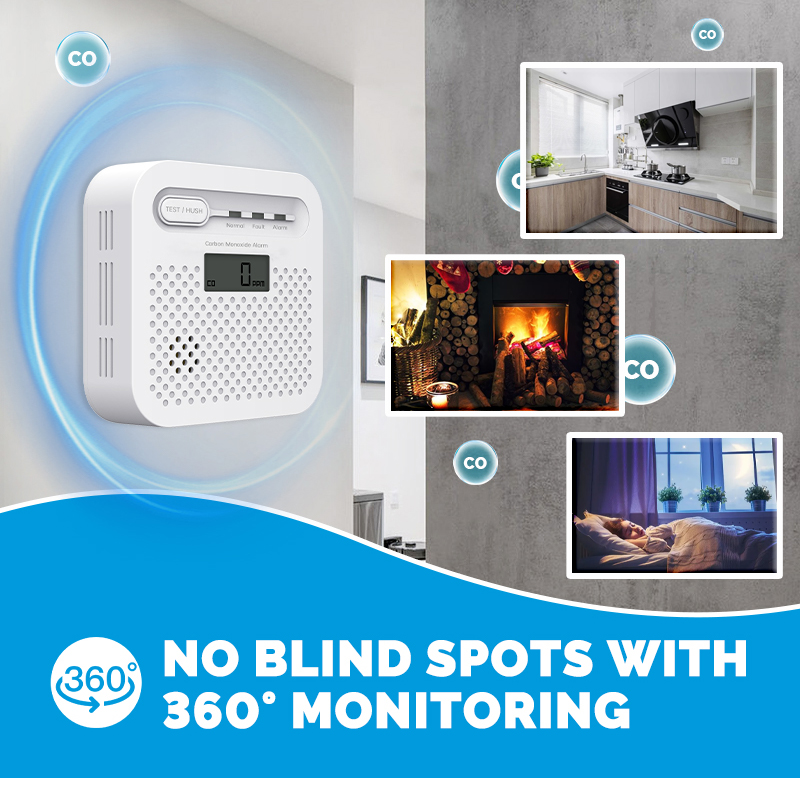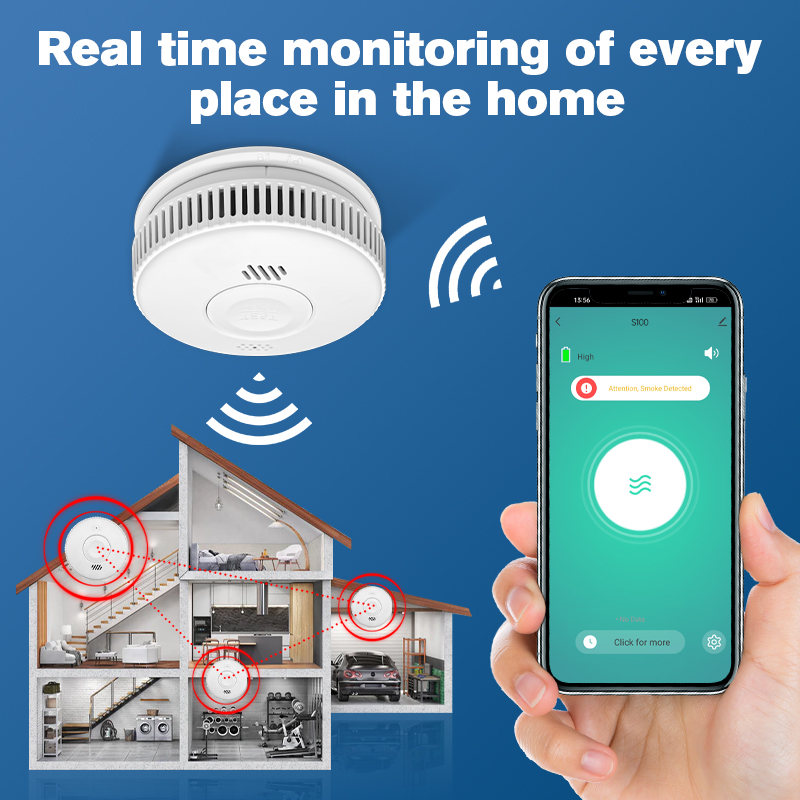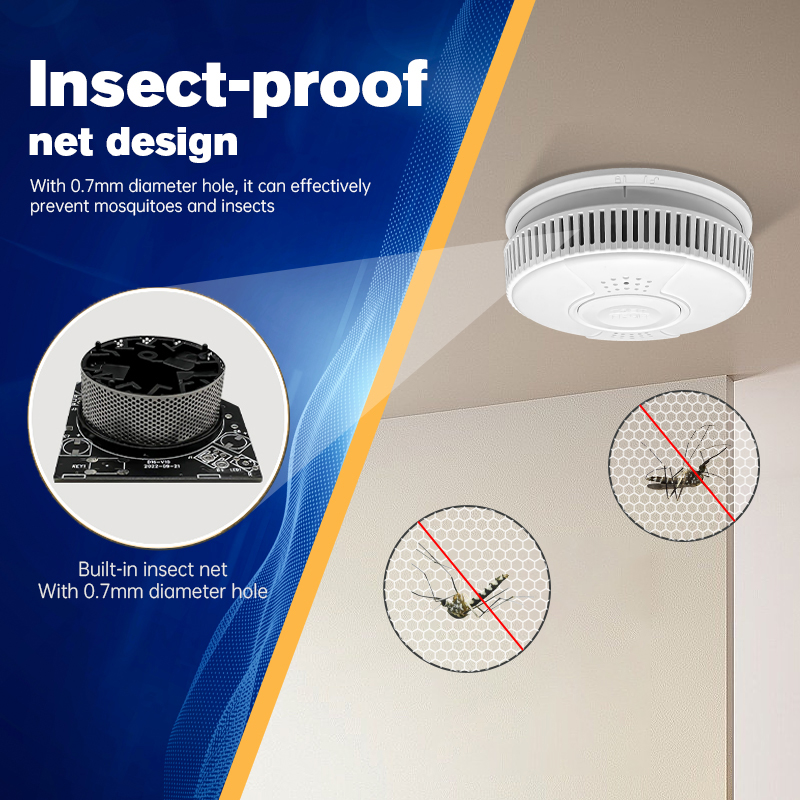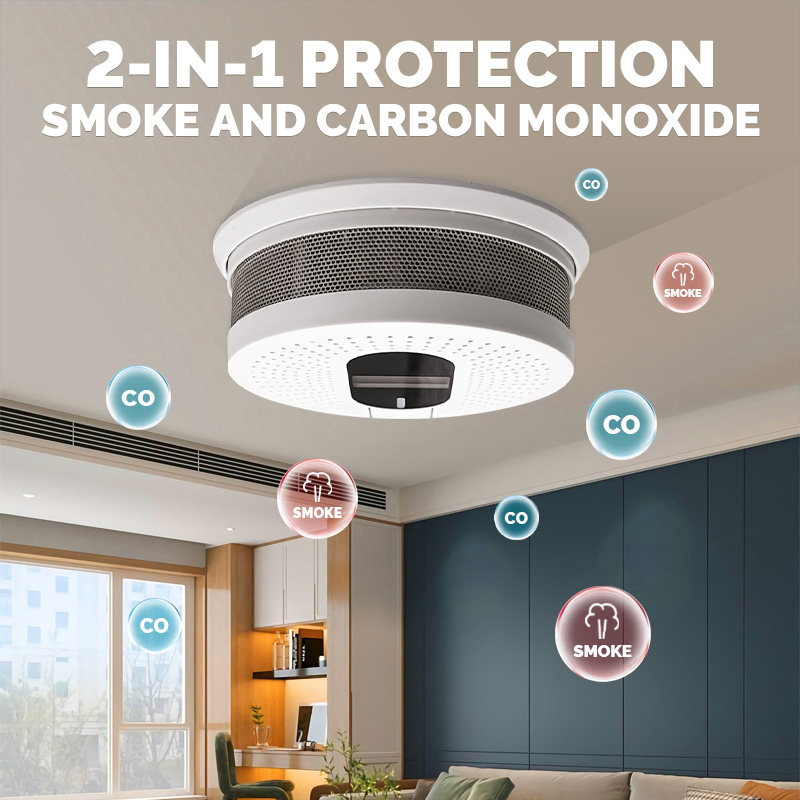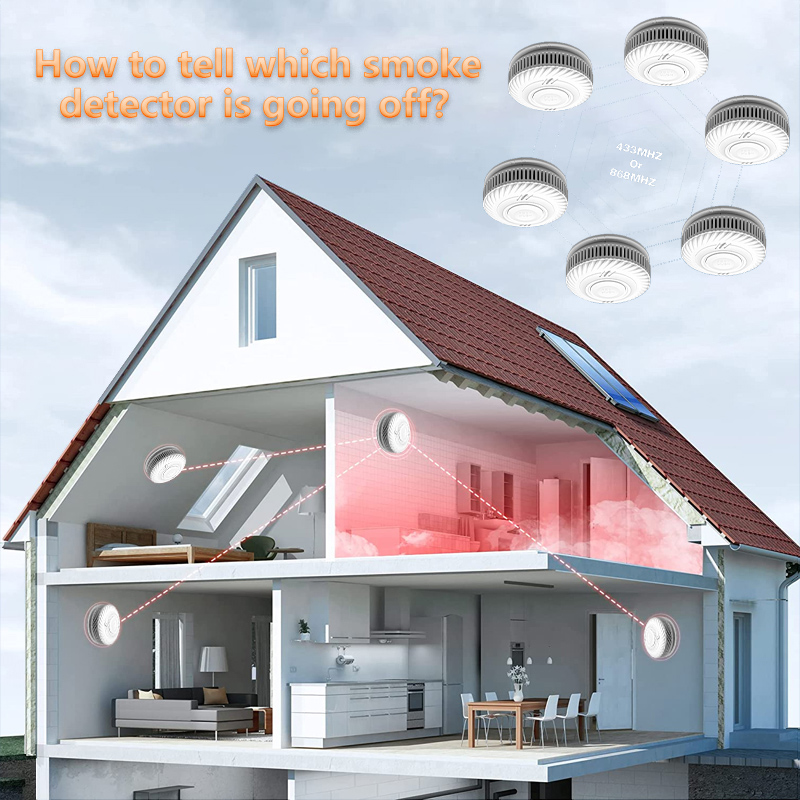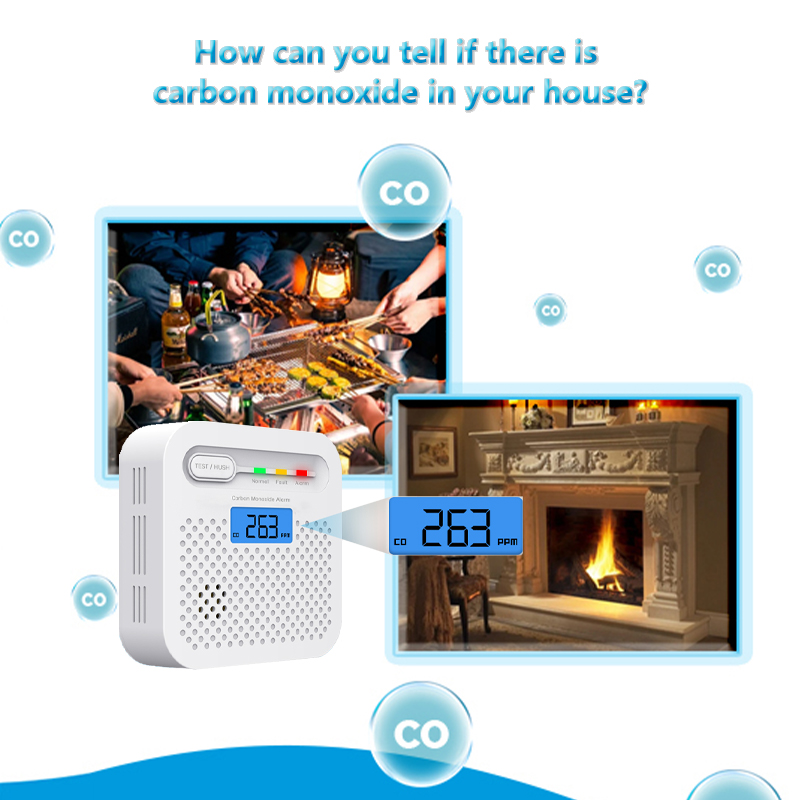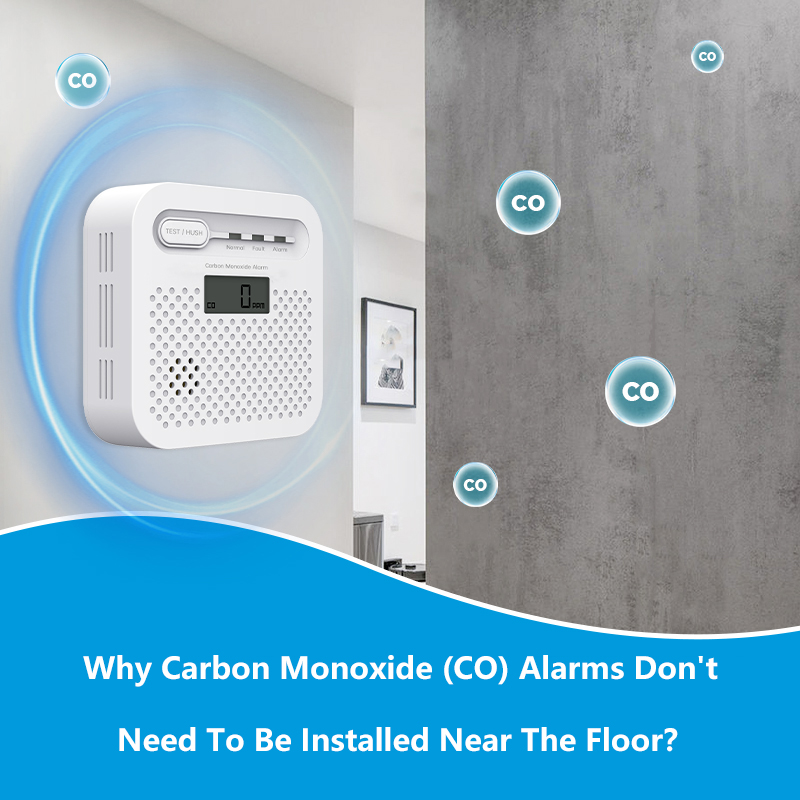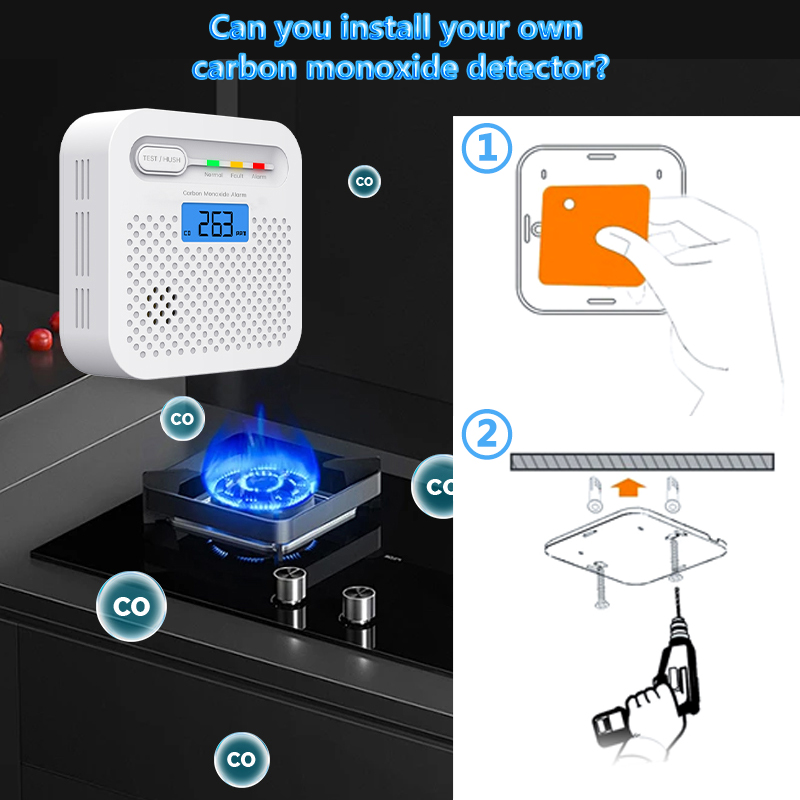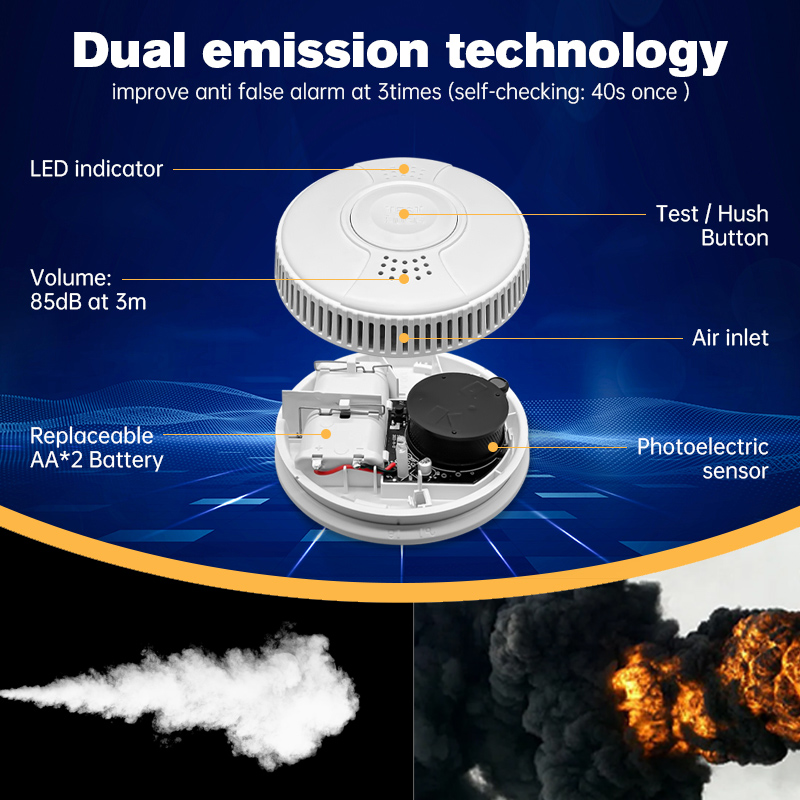Why carbon monoxide (CO) alarms don't need to be installed near the floor?

A common misconception about where a carbon monoxide detector should be installed is that it should be placed low on the wall, as people mistakenly believe that carbon monoxide is heavier than air. But in reality, carbon monoxide is slightly less dense than air, which means it tends to be evenly distributed in the air rather than just sitting lower.
According to the National Fire Protection Association's (NFPA) Carbon Monoxide Safety Guide (NFPA 720, 2005 Edition), the recommended installation location for carbon monoxide is "on the exterior of each separate sleeping area immediately adjacent to the bedroom" and these alarms "should be mounted on walls, ceilings or as otherwise specified in the installation instructions provided with the device."
Why are stand-alone carbon monoxide alarms often placed close to the floor?
Although not based on the physical properties of carbon monoxide, stand-alone carbon monoxide fire alarm are often placed close to the floor because they require access to an outlet. In addition, these alarms will be mounted at an easily visible height to facilitate reading of the carbon monoxide concentration display.
Why is it not recommended to install carbon monoxide leak detector next to heating or cooking equipment?
It is important to avoid installing carbon monoxide detector alarm directly above or next to fuel-fired equipment, as the equipment may briefly release small amounts of carbon monoxide when activated. Therefore, carbon monoxide detectors should be at least fifteen feet away from heating or cooking appliances. At the same time, it should not be installed in or near humid areas such as bathrooms to prevent the alarm from being damaged by moisture.


 Home
Home


